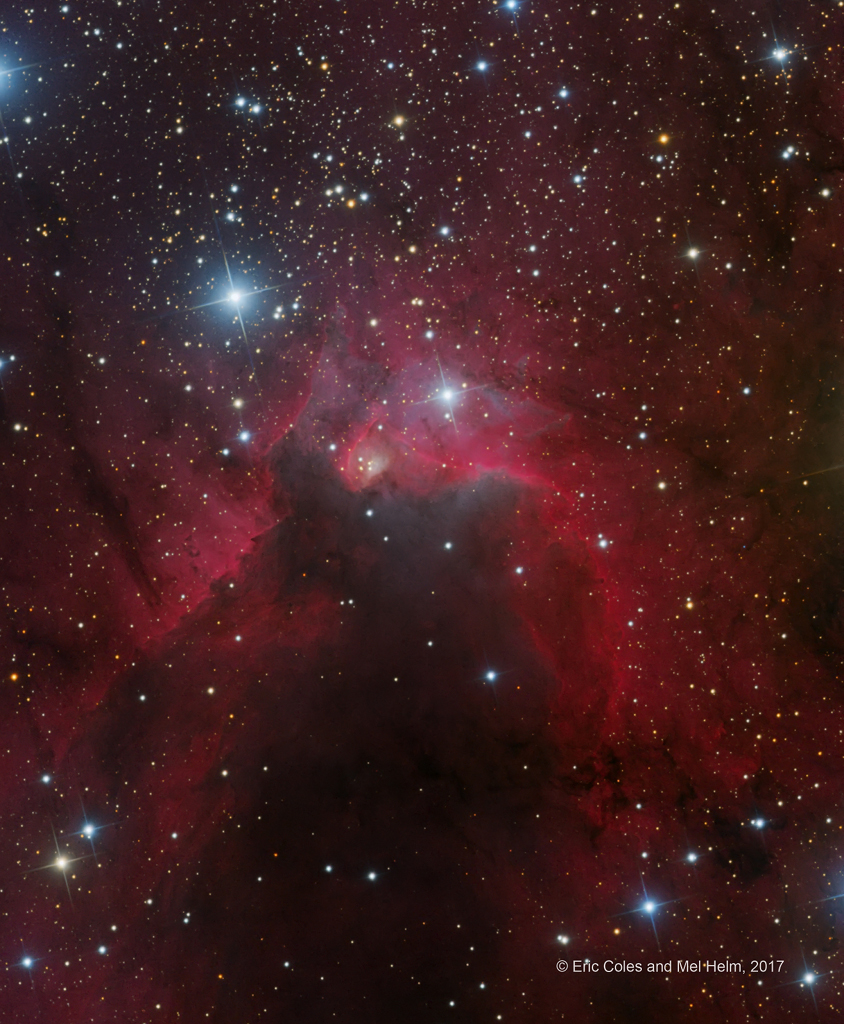more »
During the two years that the Rosetta spacecraft stalked the comet, it observed cliffs that collapsed, boulders that moved and eruptions of dust and gas.
via New York Times
There are advances being made almost daily in the disciplines required to make space and its contents accessible. This blog brings together a lot of that info, as it is reported, tracking the small steps into space that will make it just another place we carry out normal human economic, leisure and living activities.
Thursday, 23 March 2017
Gravitational wave kicks monster black hole out of galactic core
more »
Astronomers have uncovered a supermassive black hole that has been propelled out of the center of the distant galaxy 3C 186. The black hole was most likely ejected by the power of gravitational waves.
via Science Daily
Zazzle Space Exploration market place
Astronomers have uncovered a supermassive black hole that has been propelled out of the center of the distant galaxy 3C 186. The black hole was most likely ejected by the power of gravitational waves.
via Science Daily
Zazzle Space Exploration market place
Hand-held X-ray sources
more »
Electronic oscillations in graphene could make a tabletop — or even handheld — source of X-rays a reality, report researchers.
via Science Daily
Electronic oscillations in graphene could make a tabletop — or even handheld — source of X-rays a reality, report researchers.
via Science Daily
A tough coat for silicon
more »
Supercritical carbon dioxide delivers protective molecules to semiconductor surfaces, report researchers in a new article.
via Science Daily
Supercritical carbon dioxide delivers protective molecules to semiconductor surfaces, report researchers in a new article.
via Science Daily
SH2-155: The Cave Nebula
more »
 This skyscape features dusty Sharpless catalog emission region Sh2-155, the Cave Nebula. In the telescopic image, data taken through a narrowband filter tracks the reddish glow of ionized hydrogen atoms. About 2,400 light-years away, the scene lies along the plane of our Milky Way Galaxy toward the royal northern constellation of Cepheus. Astronomical explorations of the region reveal that it has formed at the boundary of the massive Cepheus B molecular cloud and the hot, young stars of the Cepheus OB 3 association. The bright rim of ionized hydrogen gas is energized by radiation from the hot stars, dominated by the brightest star above and left of picture center. Radiation driven ionization fronts are likely triggering collapsing cores and new star formation within. Appropriately sized for a stellar nursery, the cosmic cave is over 10 light-years across.
This skyscape features dusty Sharpless catalog emission region Sh2-155, the Cave Nebula. In the telescopic image, data taken through a narrowband filter tracks the reddish glow of ionized hydrogen atoms. About 2,400 light-years away, the scene lies along the plane of our Milky Way Galaxy toward the royal northern constellation of Cepheus. Astronomical explorations of the region reveal that it has formed at the boundary of the massive Cepheus B molecular cloud and the hot, young stars of the Cepheus OB 3 association. The bright rim of ionized hydrogen gas is energized by radiation from the hot stars, dominated by the brightest star above and left of picture center. Radiation driven ionization fronts are likely triggering collapsing cores and new star formation within. Appropriately sized for a stellar nursery, the cosmic cave is over 10 light-years across.
Zazzle Space Gifts for young and old
 This skyscape features dusty Sharpless catalog emission region Sh2-155, the Cave Nebula. In the telescopic image, data taken through a narrowband filter tracks the reddish glow of ionized hydrogen atoms. About 2,400 light-years away, the scene lies along the plane of our Milky Way Galaxy toward the royal northern constellation of Cepheus. Astronomical explorations of the region reveal that it has formed at the boundary of the massive Cepheus B molecular cloud and the hot, young stars of the Cepheus OB 3 association. The bright rim of ionized hydrogen gas is energized by radiation from the hot stars, dominated by the brightest star above and left of picture center. Radiation driven ionization fronts are likely triggering collapsing cores and new star formation within. Appropriately sized for a stellar nursery, the cosmic cave is over 10 light-years across.
This skyscape features dusty Sharpless catalog emission region Sh2-155, the Cave Nebula. In the telescopic image, data taken through a narrowband filter tracks the reddish glow of ionized hydrogen atoms. About 2,400 light-years away, the scene lies along the plane of our Milky Way Galaxy toward the royal northern constellation of Cepheus. Astronomical explorations of the region reveal that it has formed at the boundary of the massive Cepheus B molecular cloud and the hot, young stars of the Cepheus OB 3 association. The bright rim of ionized hydrogen gas is energized by radiation from the hot stars, dominated by the brightest star above and left of picture center. Radiation driven ionization fronts are likely triggering collapsing cores and new star formation within. Appropriately sized for a stellar nursery, the cosmic cave is over 10 light-years across.Zazzle Space Gifts for young and old
Caught on camera: Chemical reactions 'filmed' at the single-molecule level
more »
Scientists have succeeded in ‘filming’ inter-molecular chemical reactions – using the electron beam of a transmission electron microscope (TEM) as a stop-frame imaging tool. They have also discovered that the electron beam can be simultaneously tuned to stimulate specific chemical reactions by using it as a source of energy as well as an imaging tool.
via Science Daily
Scientists have succeeded in ‘filming’ inter-molecular chemical reactions – using the electron beam of a transmission electron microscope (TEM) as a stop-frame imaging tool. They have also discovered that the electron beam can be simultaneously tuned to stimulate specific chemical reactions by using it as a source of energy as well as an imaging tool.
via Science Daily
Subscribe to:
Comments (Atom)